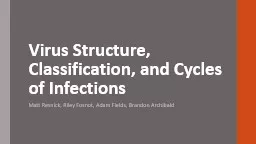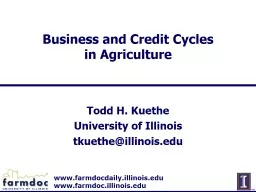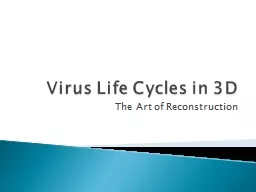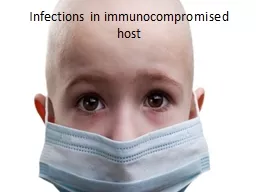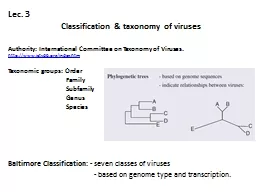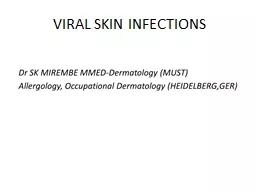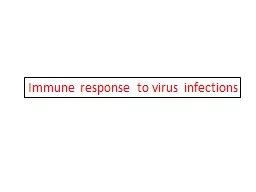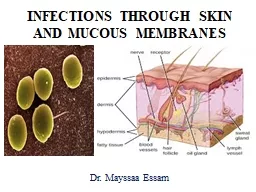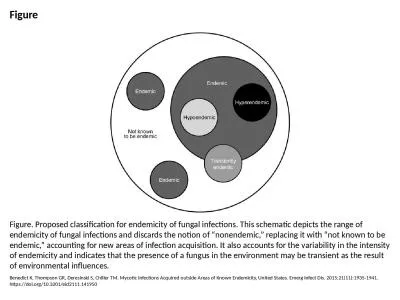PPT-Virus Structure, Classification, and Cycles of Infections
Author : marina-yarberry | Published Date : 2018-11-02
Matt Resnick Riley Fosnot Adam Fields Brandon Archibald Overview What is a Virus A microscopic nonliving particle that survives off of hostcells Simple structure
Presentation Embed Code
Download Presentation
Download Presentation The PPT/PDF document "Virus Structure, Classification, and Cyc..." is the property of its rightful owner. Permission is granted to download and print the materials on this website for personal, non-commercial use only, and to display it on your personal computer provided you do not modify the materials and that you retain all copyright notices contained in the materials. By downloading content from our website, you accept the terms of this agreement.
Virus Structure, Classification, and Cycles of Infections: Transcript
Download Rules Of Document
"Virus Structure, Classification, and Cycles of Infections"The content belongs to its owner. You may download and print it for personal use, without modification, and keep all copyright notices. By downloading, you agree to these terms.
Related Documents

